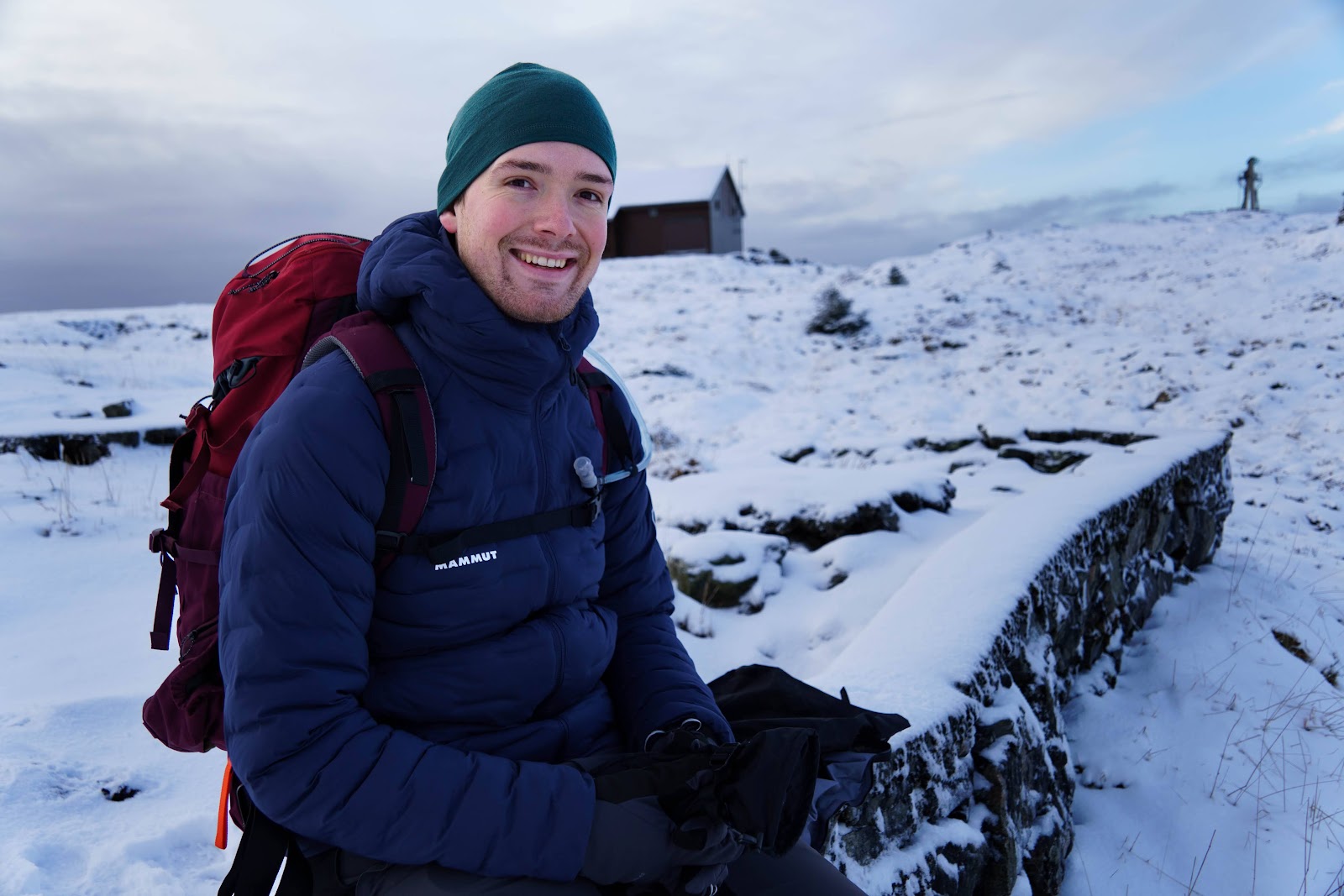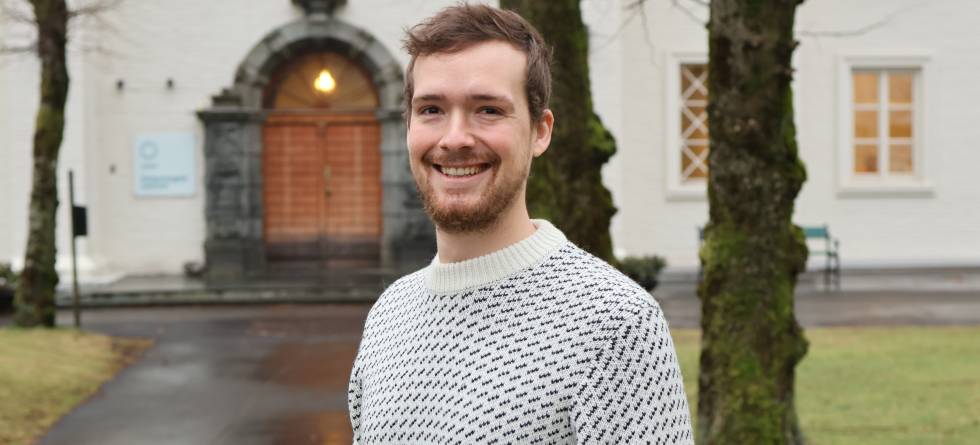He grew up in France, in the Pyrenees. There, his father ran a fruit and liquor business. It was through his father's company that he had his first 'encounter' with Norway.
“My father contacted the Norwegian company Oluf Lorentzen and established an import agreement for jam. The kind that's good with cheese. So, as an 11-12-year-old, I ended up sticking Norwegian labels on the jars”, Robin laughs.
You can still find his father's jam in shops in Bergen.
“That is kind of cool, I think”.
AI-program at UiB
He is a part of the LEAD AI-program at the University of Bergen. It is a career and mobility fellowship program within artificial intelligence. In total, 19 postdoctoral research fellows across six of UiB's faculties will take part in the program between 2024 and 2028. Robin started in December and is part of the Geophysical institute and the Bjerknes Centre.
“I'm not an AI expert. I did my PhD in climate science and with this background, I will get AI skills from the lead AI programme and then combine this with my previous experience. I will be focusing on trying to understand extreme rainfall.”
He will work on what is called the Explainable AI. A branch of machine learning where you try to understand how an AI model behaves. The challenge is to retrace how the algorithm came to a result.
“You can predict rainfall using a machine learning model. The model learns how to relate atmospheric conditions to a given rainfall amount. So, if you give it a map of winds for example, it could tell you how much rain there will be in two days.
But the problem with the machine learning models is that they are usually like a black box. It's hard to make sure that they actually learn something that makes sense, and it's hard to validate if they have the right answer for the right reasons”, Robin says.

Explainable AI
His work will focus on climate change and AI.
“The challenge with climate change is that in 20, 30 or 50 years, there might be new configurations of the atmosphere that can lead to storms and to heavy rainfall. But the model doesn't know about them yet, so it is hard to know how it will perform for the new conditions that may happen.
Understanding how the model works for current conditions with explainable AI can help us adapt it so it can also work for future climates.”
His path into climate research began quite early. His mum was a math teacher, and Robin developed an interest in science at a young age, and it started on engineering school in France.
“I did some theoretical physics, some biology, some economics. And then at some point I had to choose. The major I picked was physical science for the environment. So, I studied different physical fields applied to the environment, such as hydrology, meteorology, and climate. I then started to get an eco-environmental feeling. I wanted to understand more about what is going on with our climate,” Robin says.
Trendy topic
He took his PhD in Toulouse focusing on the influence of the sea surface temperature pattern effect on the global top of the atmosphere energy budget and on global warming.
It is huge interest in research on artificial intelligence. The Norwegian Research Counsil received 50 AI-applications recently, were 150 research institutions both in Norway and other countries, 225 companies, and over 130 public enterprises are behind the applications
“It is very trendy at the time. I am very excited about this project, AI is one more tool in the research toolbox, but a very fancy one.”
The reason he ended up in Bergen is thanks to his girlfriend. She had previously studied for a year in Trondheim and wanted to return to Norway. Bergen was at the top of the list because of job opportunities for both of them. Beautiful nature also played a part. They both love to enjoy the outdoors. However, it was a bit of a tough start in the city, as December turned out to be extremely wet.
”I had to look at YR, and how much rain it usually is. And it was twice as much rain as it normally is in December. So that was good to see, that it would not be like that forever.”

